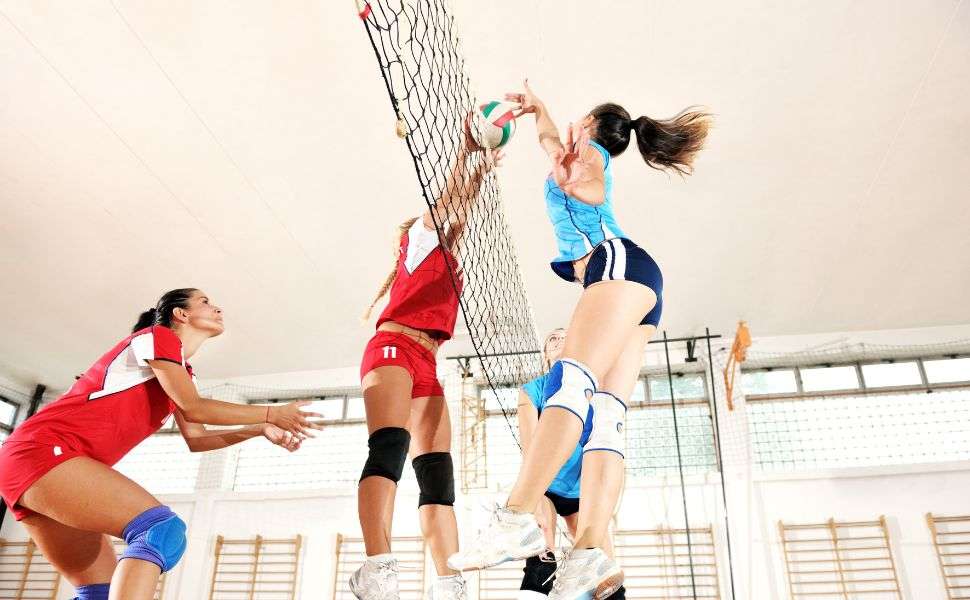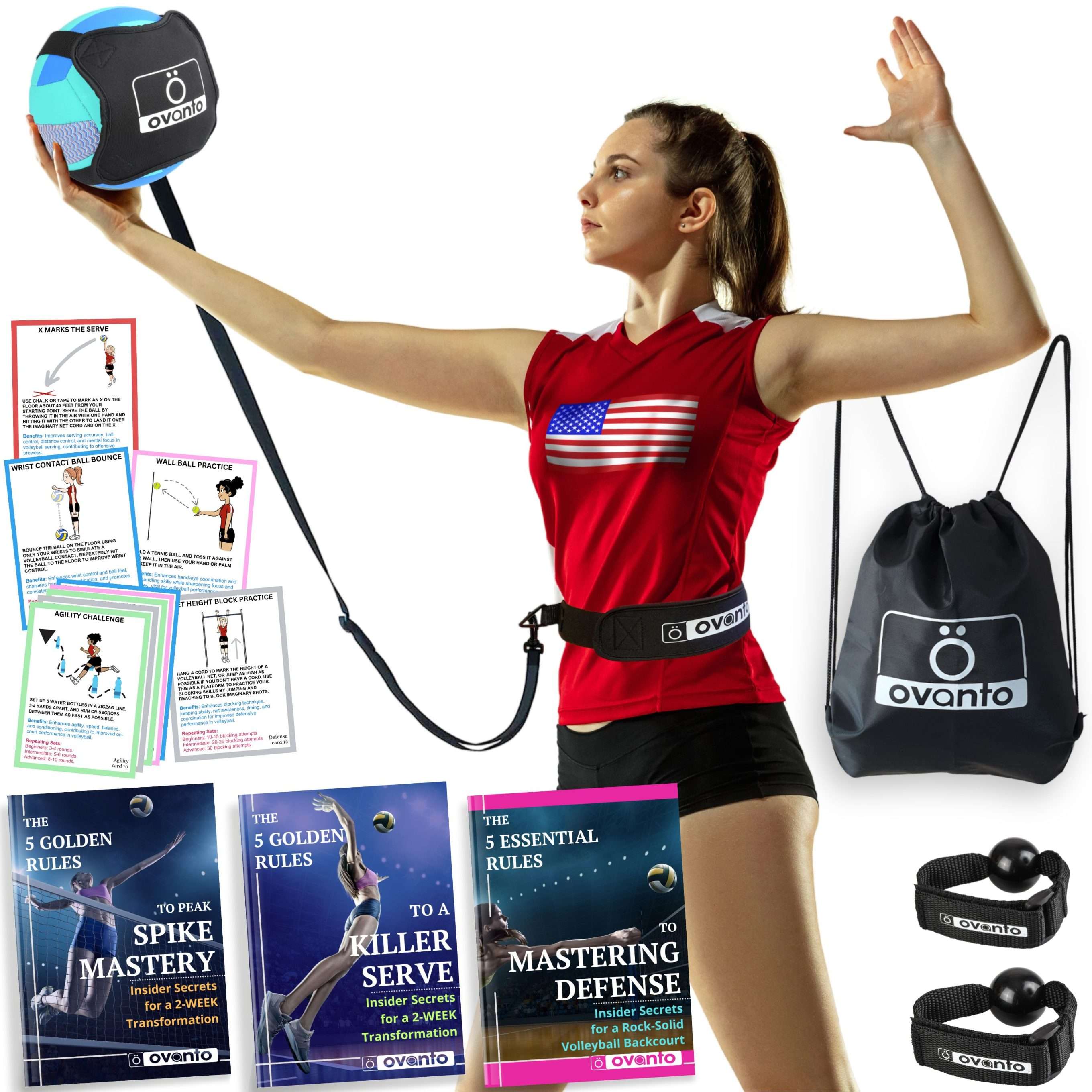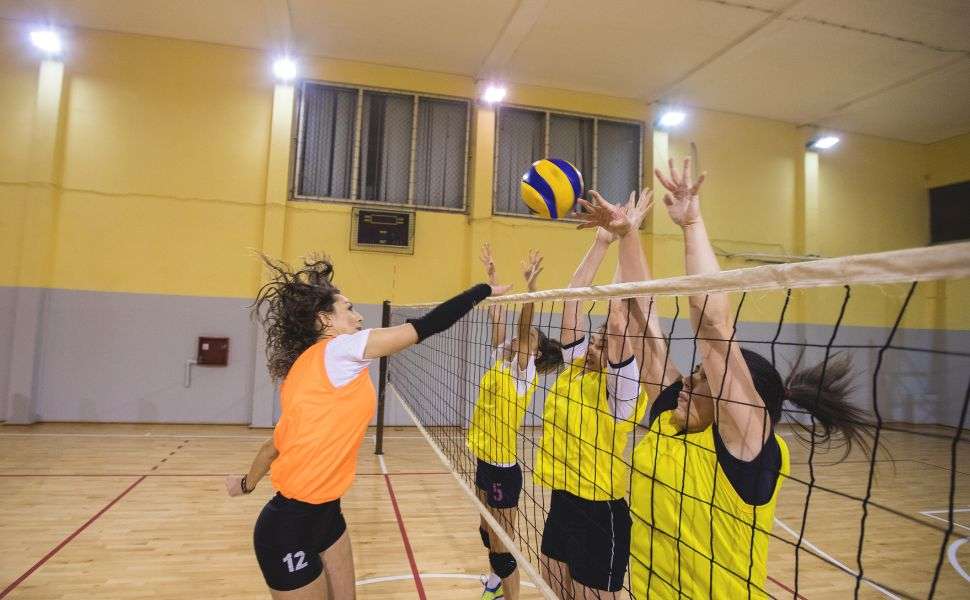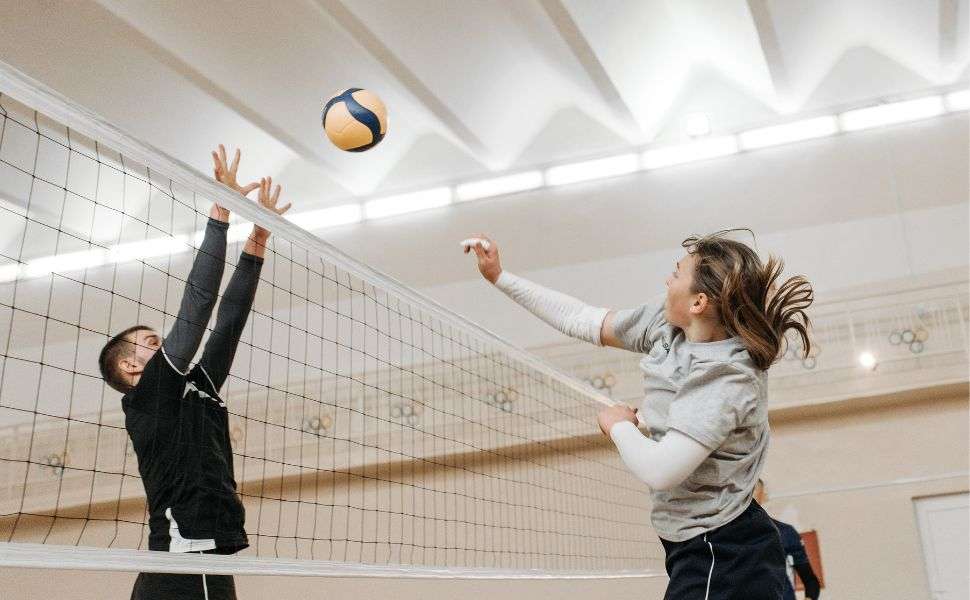Elite Secrets: Volleyball Techniques They Don’t Want You to Know
Take Your Play to the Next Level
By Ovanto.org Team

This article is in sync with our mission to contribute to the development of health culture and the growth of all disciplines of volleyball. We provide informative and educational content about volleyball training and the benefits of playing the sport.
Introduction:
Reaching an elite level in volleyball requires more than just talent—it demands refined technique, strategic thinking, and a deep understanding of the game. While many focus on power and endurance, the true secrets to high-level performance lie in precision, adaptability, and mental resilience. This article unveils key techniques that elite players use but rarely discuss, helping you sharpen your skills and gain a competitive edge.
1. Efficient Footwork: The Foundation of Elite Play
Move Faster, React Quicker
Footwork is the basis of all volleyball movements, affecting speed, balance, and efficiency. Elite players anticipate plays and adjust their positioning swiftly to optimize their attacks and defensive actions.
Key Tips:
- Stay light on your feet to improve reaction time.
- Use short, controlled steps rather than large, inefficient strides.
- Maintain a low center of gravity for quick directional changes.

2. Precision Setting: Control Over Power
Delivering the Perfect Assist
A setter’s role extends beyond technique; it’s about consistency and vision. The best setters use their hands efficiently, ensuring accuracy over force.
Key Tips:
- Use fingertips, not palms, for a softer, controlled touch.
- Position your hands above your forehead for maximum control.
- Adjust set speed based on hitter’s position and defensive setup.
3. Strategic Hitting: Outsmarting the Blockers
Variety and Deception in Attack
Elite hitters do not rely solely on power—they use angles, wrist control, and deception to bypass defenders.
Key Tips:
- Vary your attack angles to avoid predictable hits.
- Use a wrist snap to direct the ball away from blockers.
- Observe the blocker’s positioning before making contact.

4. Mastering the Float Serve
The Art of an Unpredictable Ball
A well-executed float serve makes it difficult for passers to predict the ball’s trajectory, leading to errors and weak returns.
Key Tips:
- Strike the ball with a firm, open hand to minimize spin.
- Follow through straightforward, avoiding wrist snap.
- Focus on consistency rather than sheer power.
Looking for structured drills and personalized training? Explore our Volleyball Trainers to accelerate your progress.

5. Defensive Anticipation: Reading the Opponent
Reacting Before the Ball is Hit
Great defenders don’t just react; they anticipate the play. By reading body positioning and swing mechanics, elite players improve their defensive effectiveness.
Key Tips:
- Watch the hitter’s shoulder and approach angle to predict the shot.
- Stay low and balanced, rather than diving unnecessarily.
- Position yourself based on hitter tendencies and game flow.

6. Mental Toughness: The Mindset of a Champion
Thriving Under Pressure
Elite players maintain composure in critical moments, focusing on one point at a time rather than past mistakes.
Key Tips:
- Break matches into small mental goals (e.g., first to five points).
- Control breathing and focus before each play.
- Develop a resilient mindset, recovering quickly from errors.

Conclusion
Becoming an elite volleyball player requires a blend of technical mastery, strategic execution, and mental strength. By refining your footwork, precision, adaptability, and mental approach, you can elevate your game to the next level. Implement these elite techniques into your training, and you’ll gain the skills and confidence to compete at the highest level.
Disclaimer: The content provided in this article is intended solely for general informational and educational purposes. It is not meant to replace professional advice, whether medical, fitness, or psychological. Before engaging in any exercises, activities, or training programs mentioned herein, it is recommended to seek guidance from qualified professionals such as certified coaches, trainers, or healthcare providers.
Neither the authors nor the publisher of this article assume responsibility for any physical or psychological injuries, damages, or other outcomes that may result from applying the ideas or suggestions discussed. Always consult with a qualified professional before initiating any new sports or fitness regimen, considering your personal health needs, physical condition, and any limitations you may have. Results and experiences can differ significantly from person to person.




